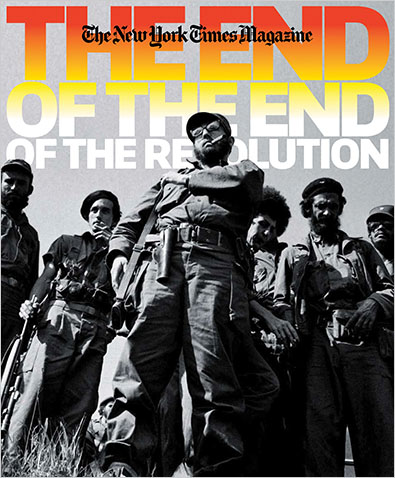| Want to send this page or a link to a friend? Click on mail at the top of this window. |
More Special Reports |
| Posted December 7, 2008 |
| Castro's Cuba at 50 |
| The End of the Revolution | |
|
|
|
 |
|
| BURT GLINN/MAGNUM PHOTOS | |
|
Fidel Castro and members of his rebel army on their march to liberate Havana in 1959. More Images |
| By ROGER COHEN |
| Wehaitians.com, the scholarly journal of democracy and human rights |
| More from wehaitians.com |